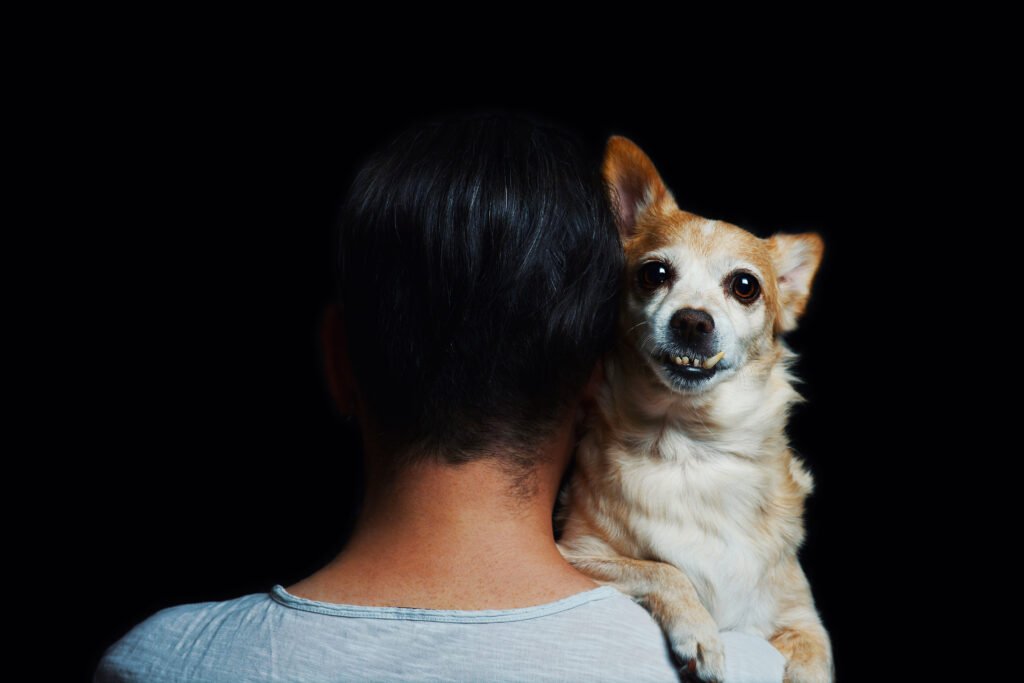Dogs are intelligent animals, naturally curious about their surroundings, and have an exceptional sense of smell. To understand how to stop your dog from begging at the table, it’s crucial to first understand why they do so. Often, it’s because the smell of human food is enticing, and they have learned that this behavior can result in a reward. In some cases, it is a learned habit reinforced by past experiences.
Recognizing the Signs of Begging

Begging can present itself in numerous forms, from sitting quietly beside you with pleading eyes to pawing at you or barking. Recognizing these signs can be essential in implementing effective changes. It may seem harmless or even cute at first, but acknowledging these behaviors can help in developing a more structured approach to eliminate them.
Establishing Firm Boundaries

Setting boundaries is critical when training your dog not to beg. Make it clear that meal times are for people, and your dog isn’t allowed near the dining table during meals. Having a designated area for your pet during meal times helps set this boundary. Be consistent with this rule across all members of the household to avoid confusion for your dog.
Consistency is Key

Being consistent is one of the most vital aspects of training. Ensure that no one in the household gives in to those begging eyes. Inconsistency can lead to confusion for your dog and reinforce negative behaviors. Consistency will help your dog understand the boundaries and expectations over time.
Ignoring the Behavior

Although it may be difficult, ignoring your dog’s begging is an effective strategy. When you pay attention to your dog’s begging, it learns that this behavior will eventually get your reaction, whether it’s positive or negative. Set your focus on rewarding good behavior instead and your dog will start to understand the preferred conduct.
Providing Alternatives

During meal times, give your dog an alternative focus, such as a special treat or toy that they only get at meal times. This keeps them occupied and distracts them from what’s happening at the table. It also associates the meal time with something positive and separate from begging for table scraps.
Training with Commands

Basic commands such as “sit” or “stay” can be very effective in curbing begging behavior. Training your dog to understand and follow these commands creates a controlled environment where you can manage their behavior. Incorporate these commands into your dog’s daily routine and use them during meal times to reinforce good behavior.
Using Schedules to Your Advantage

Feeding your dog on a schedule helps regulate their hunger and can prevent begging. When your dog knows when to expect their meals, they’re less likely to expect food at other times. Make sure the dog’s mealtime is before or after your own meals to prevent confusion and competition at the dining table.
Avoiding Reinforcement of Begging

If you have been feeding your dog table scraps, it’s important to stop this practice immediately. Feeding your dog from the table reinforces the begging behavior. Transition your dog’s source of food entirely to their dedicated food bowl to dissolve this reinforcement. Encourage guests and visitors to follow this as well, ensuring that everyone knows the rules.
Seeking Professional Help if Needed

If your dog’s begging behavior is persistent and difficult to manage, consider seeking help from a professional dog trainer. Trainers can provide personalized advice and training techniques tailored specifically for your dog’s needs and behavior patterns. This professional guidance can effectively address and correct stubborn behaviors.
Patience and Positive Reinforcement

Changing any behavior takes time, and it is essential to remain patient and persistent. Celebrate small victories and reward your dog with attention and treats when they exhibit good behavior. Positive reinforcement helps to create a positive association with the desired behavior and encourages your dog to repeat it.
Conclusion: Building a Happier Dining Experience

Training your dog not to beg for table food is a process that requires patience, consistency, and dedication. By setting clear boundaries, using positive reinforcement, and being consistent in your rules, you can build a dining environment free of begging. With time, your dog will understand and respect mealtime boundaries, leading to a happier, healthier relationship between you and your furry friend.

Linnea is a born and bred Swede but spends as much time as possible in Cape Town, South Africa. This is mainly due to Cape Town’s extraordinary scenery, wildlife, and atmosphere (in other words, because Cape Town is heaven on earth.) That being said, Sweden’s majestic forests forever hold a special place in her heart. Linnea spends as much time as she can close to the ocean collecting sea shells or in the park admiring puppies.






